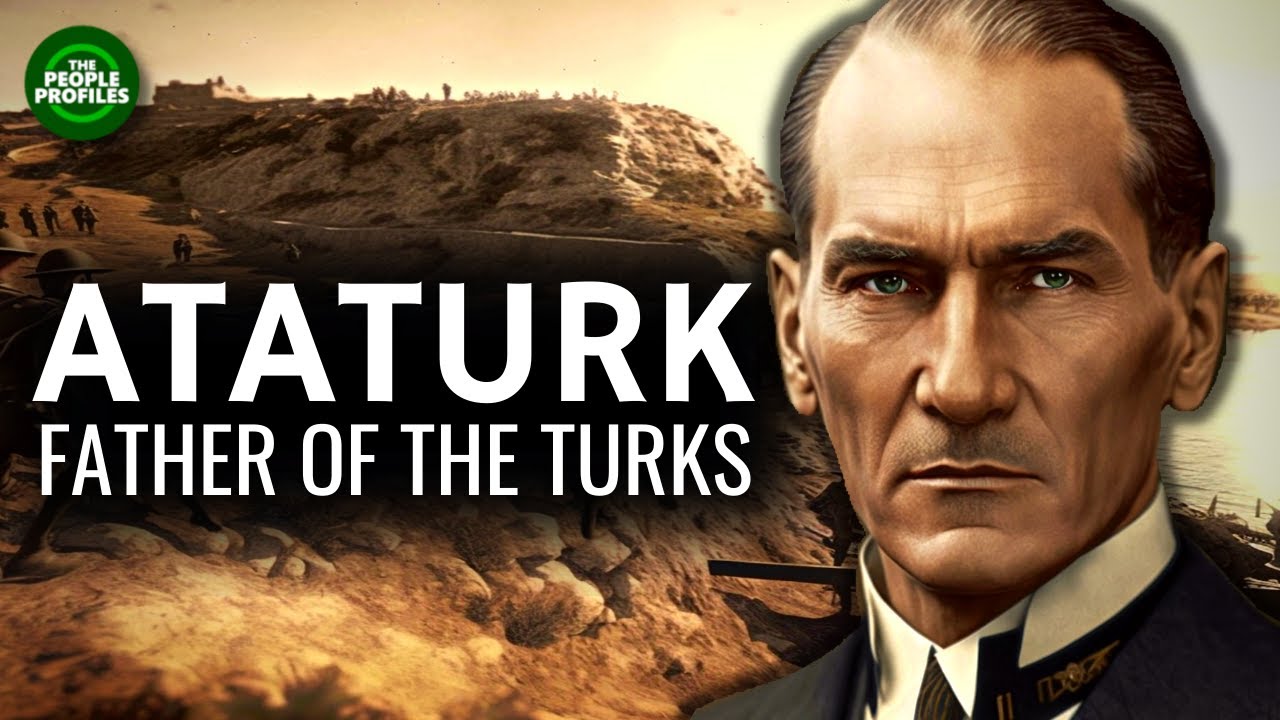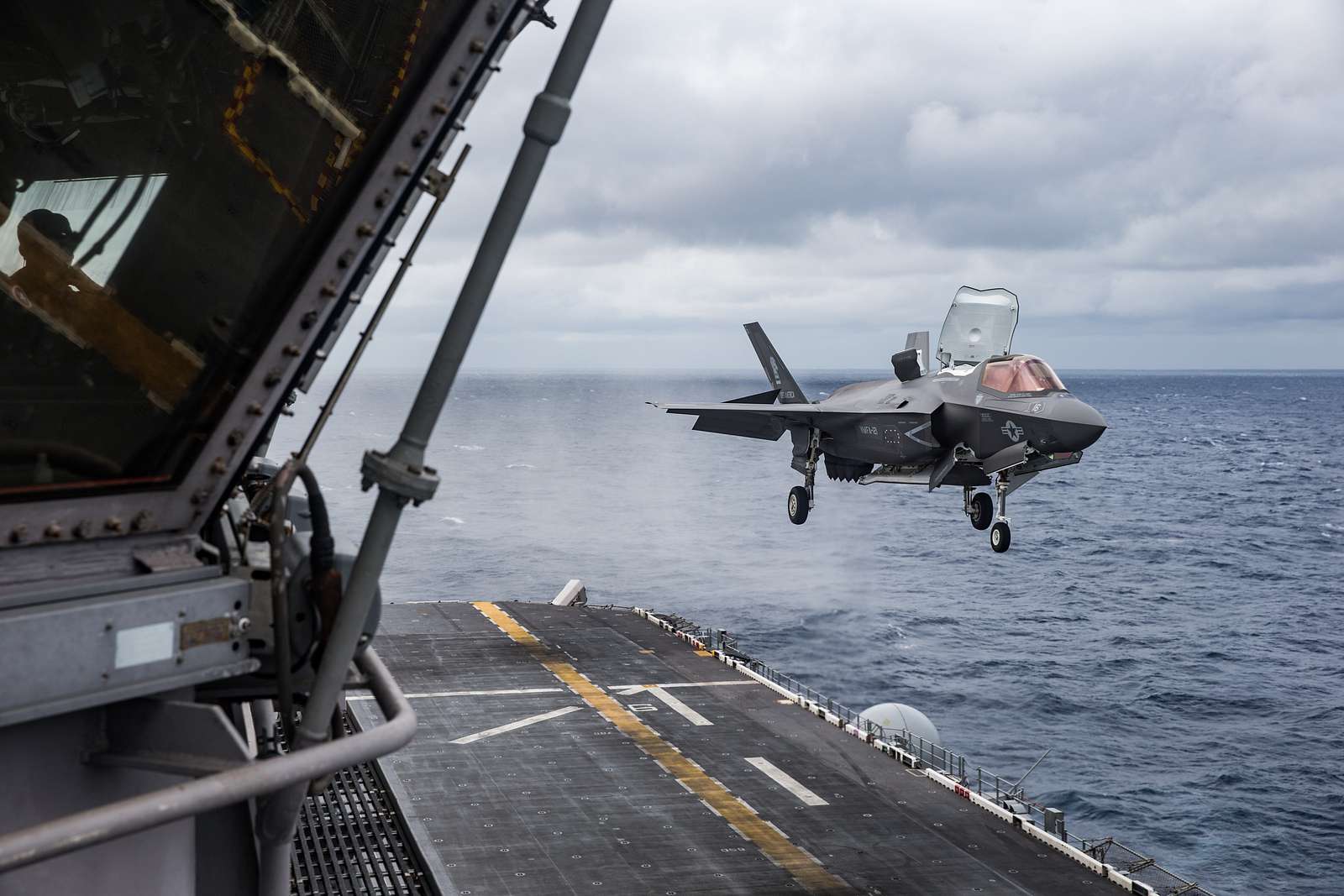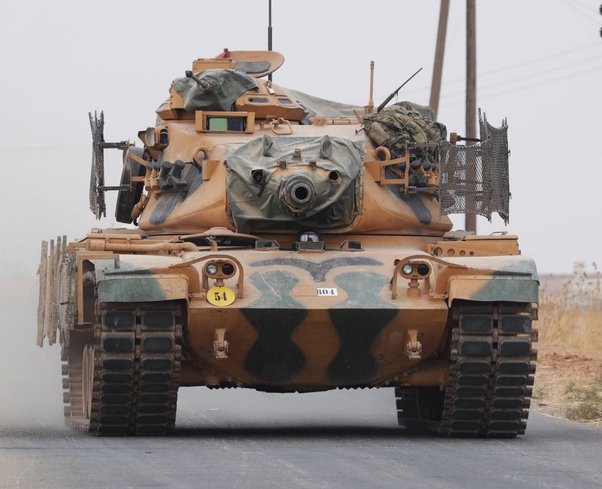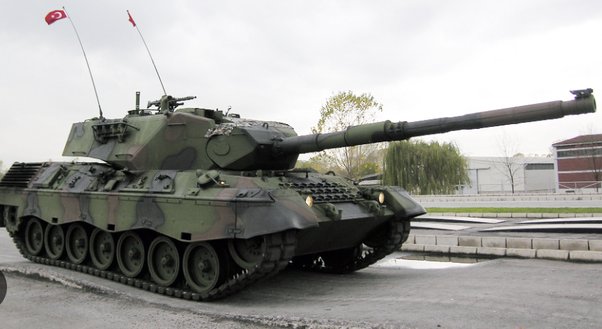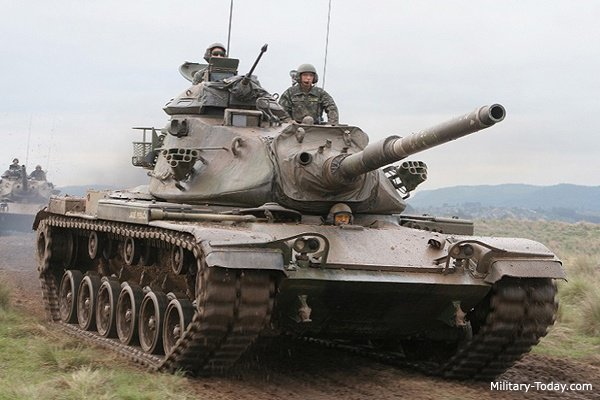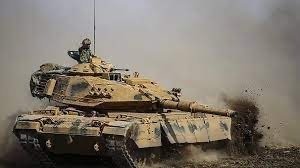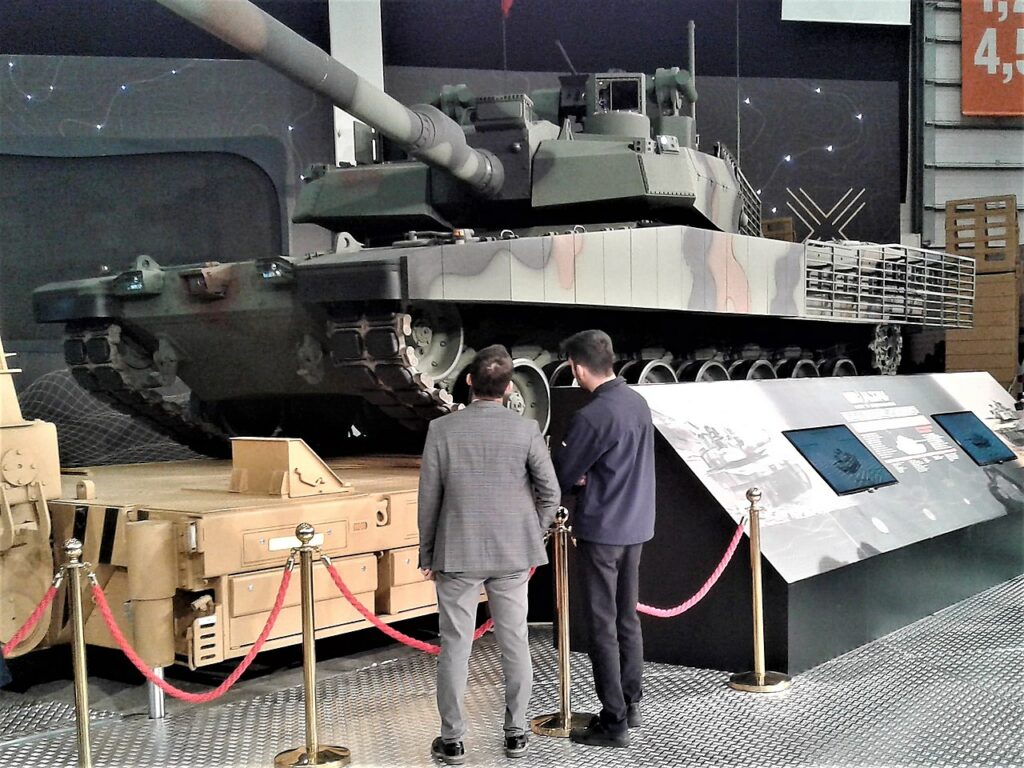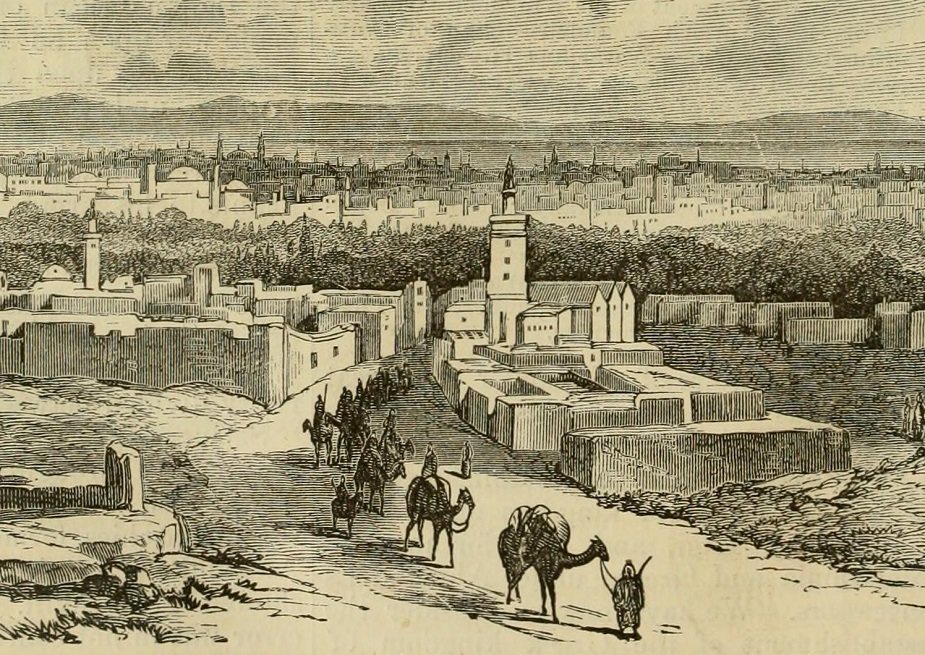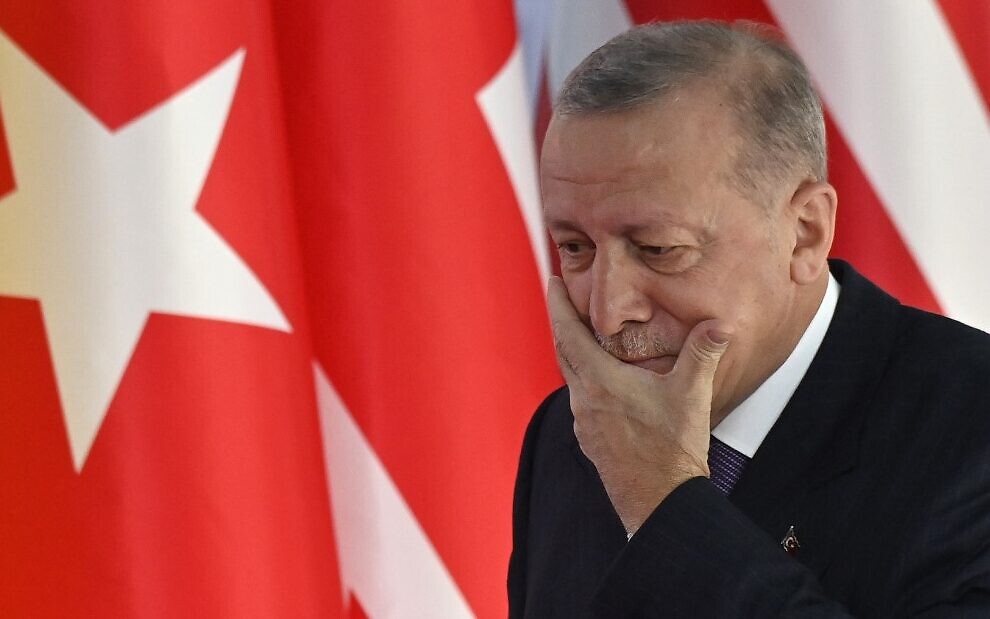
The year of 2023 might become perhaps the worst time for Turkish President Recep Tayyip Erdogan and his political career. Being harshly criticized for his foreign policy due to balancing between the West and Russia, making accuses towards the U.S. (the Turkey’s main strategic partner) and sticking to the NATO at the same time, Erdogan’s internal policy is also close to ruins.
The Erdogan’s failure to response to the earthquake that hit the Turkish northern territories and killed more than 35 000 people is on the top of the presidential election campaign agenda. The Turkish leader is accused by opposition for hailing some of the housing projects that crumbled, killing thousands of people. According to some construction experts, contractors were allowed to skip crucial safety regulations, increasing their profits but putting residents at risk. The video, taken during a campaign stop ahead of Turkey’s March 2019 local elections, Erdogan mentioned new housing for the city of Kahramanmaras (also called as Maras), near the epicenter February’s quake, as one of his main achievements.
“We solved the problem of 144,156 citizens of Maras with zoning amnesty,” Erdogan said, using his term for the construction amnesties handed out to allow contractors to ignore the safety codes.
The earthquake-damaged territories mostly inhabited by Kurds, have always been an epicenter for Turkey’s internal policy. Having been oppressed by the Turkish ruling party for years for the activity of the local PKK party (Kurdish Working Party, considered as a terrorist organization by the Turkish government), these territories faced a revealed connivance of authorities towards housing construction that adds even more oil to the flame that’s discrediting Erdogan’s policy among locals.
But in his foreign policy Erdogan has been even more uncompromising for several years. Having demonstrated his Ottoman Empire’s ambitions, the Turkish leader has managed to make enemies almost from all his partners and near-located countries. Harsh and uncensored accusations towards the West, an aggressive imperial policy towards some Middle East and Northern African countries, unstable position towards the Ukraine’s crisis have earned Erdogan a reputation of one of the most untrusted leaders.
As one Turkish saying goes, “One can trust a Turk after 40 days of his death”, Erdogan seems to having done everything to prove this. Sadly, there seems to be almost no time to recover from it before the May,14 presidential elections. Unless the people’s trust will again be bought.


